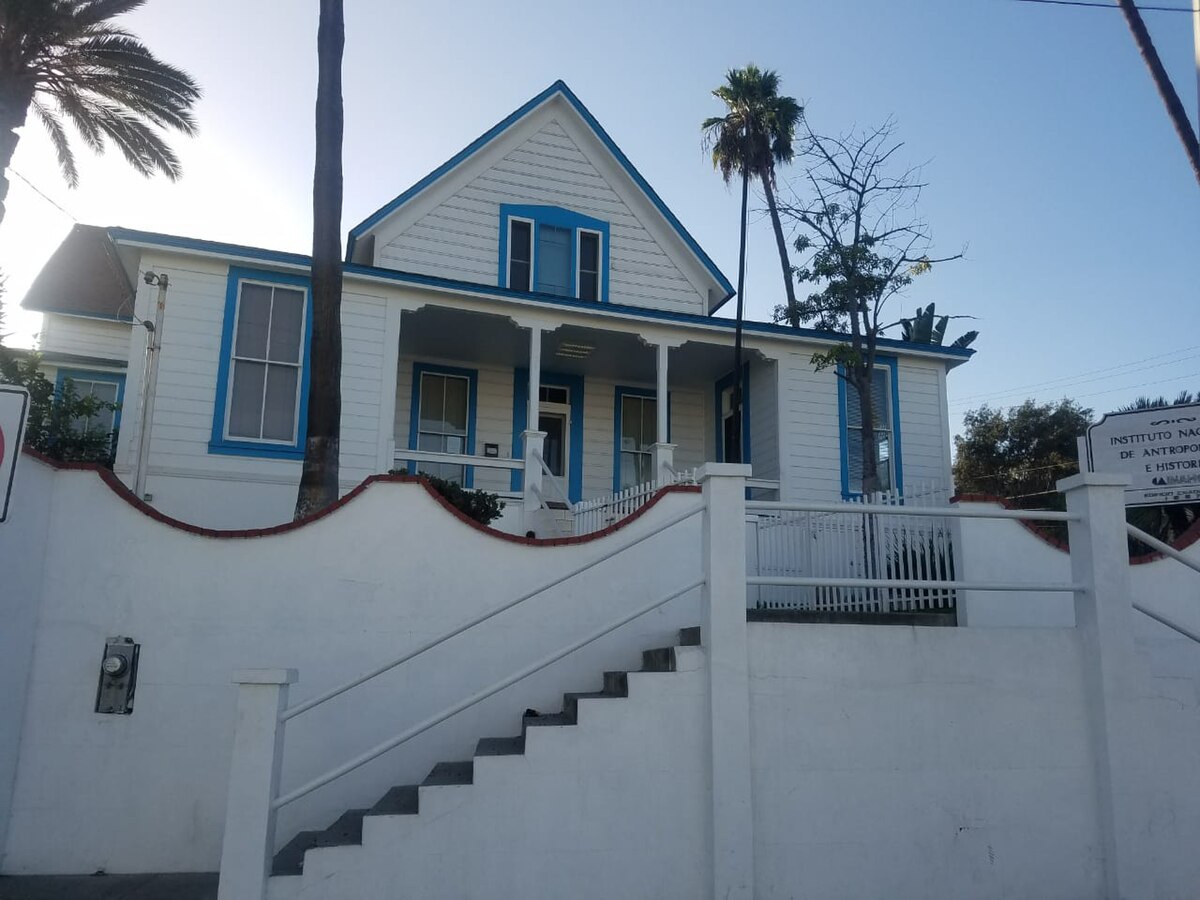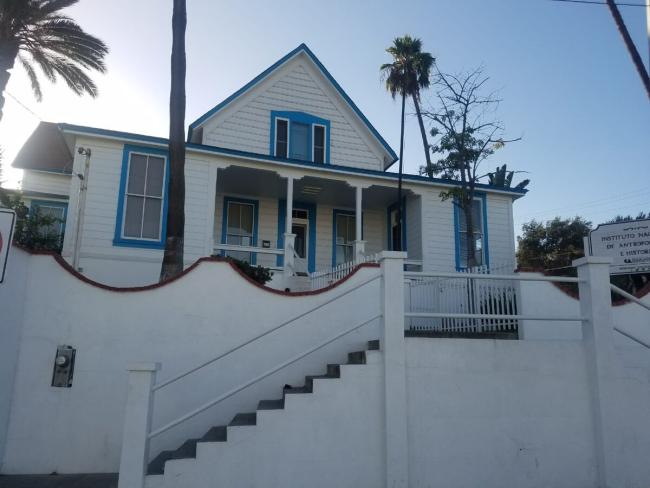Antigua Aduana Marítima de Ensenada
This exhibition hall is part of the INAH Baja California Center, housed in one of the oldest public buildings in the state.
At the end of the 19th century, this two-story Victorian-style building was inaugurated in Ensenada. Built in England using wood and then assembled in the historic center of this port city, it faces the Paseo Hidalgo. In 1887, the building became the headquarters of the International Company of Mexico, an American enterprise that sold plots of land in Ensenada. The company also laid out the town’s urban plan and introduced basic public services, along with telegraph lines and maritime communication with San Diego, California.
Two years later, the British-owned Mexican Land and Colonization Company took over the building. However, in 1917, President Venustiano Carranza revoked its concession due to breach of contract. The building remained closed until 1922, when it was taken over by the Maritime Customs Office under the Ministry of Finance. Used in this role for over 60 years, it became widely known among the local population as the "Ex Aduana Marítima", or Former Maritime Customs House.
After a series of negotiations, the state government officially transferred the building to INAH on October 5, 1992. Restoration and conservation efforts soon followed, and on May 8, 1993, it was formally inaugurated as the INAH Baja California Center.
The Temporary Exhibition Hall of the Former Maritime Customs House is located on the ground floor of the building. The current exhibit presents historical information based on the study of the remains of a Manila Galleon discovered off the Pacific coast of the Baja California peninsula. Since 1999, an interdisciplinary team from INAH and U.S. universities has been researching this extraordinary find.
Very few Manila Galleon remains have been discovered, as most of these ships sank in the open sea, leaving little trace. Analysis of numerous porcelain fragments recovered from the site—once part of the ship’s cargo—has helped date the wreck to between 1574 and 1576. The exhibit, titled "Treasures from a Lost Galleon", offers fascinating insights and enhances the display with interactive activities for visitors.




